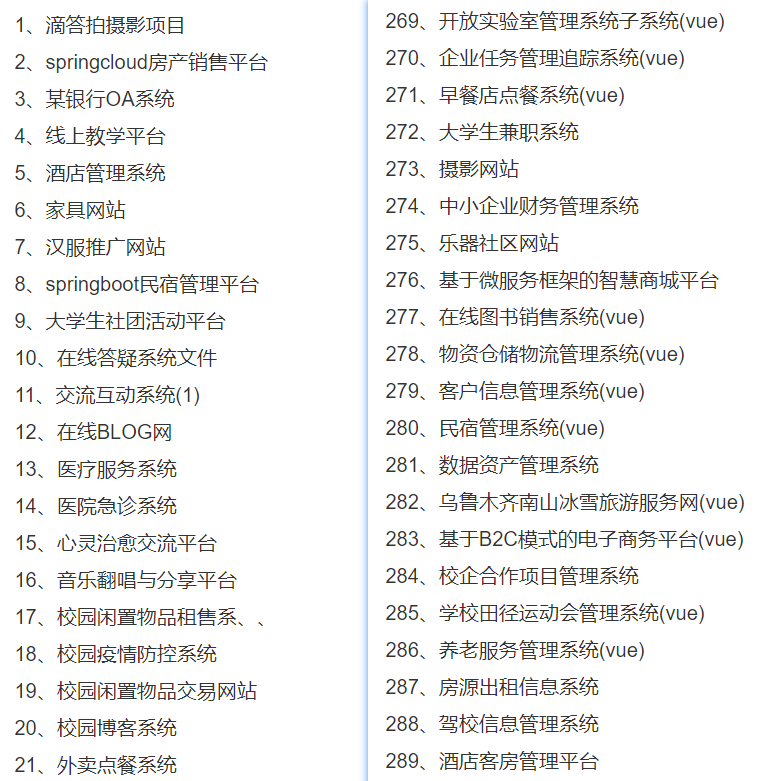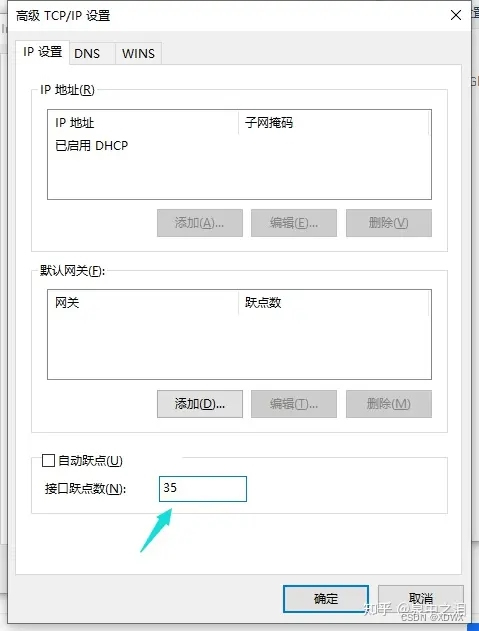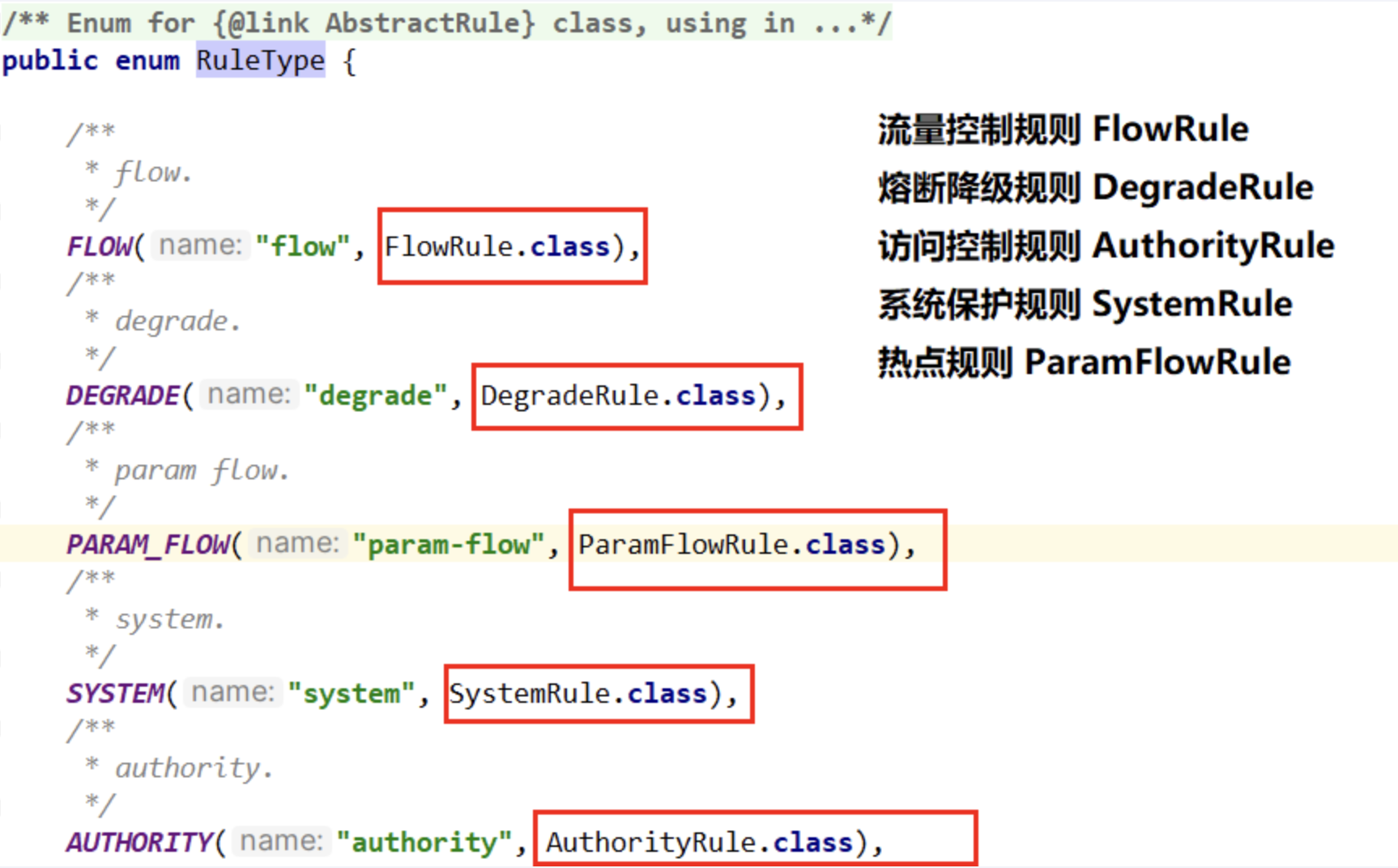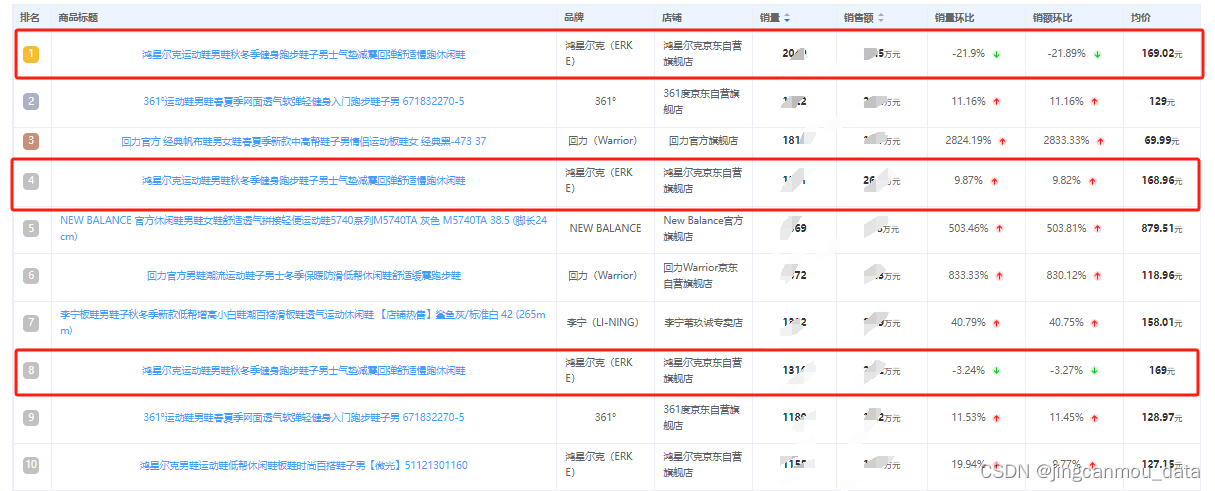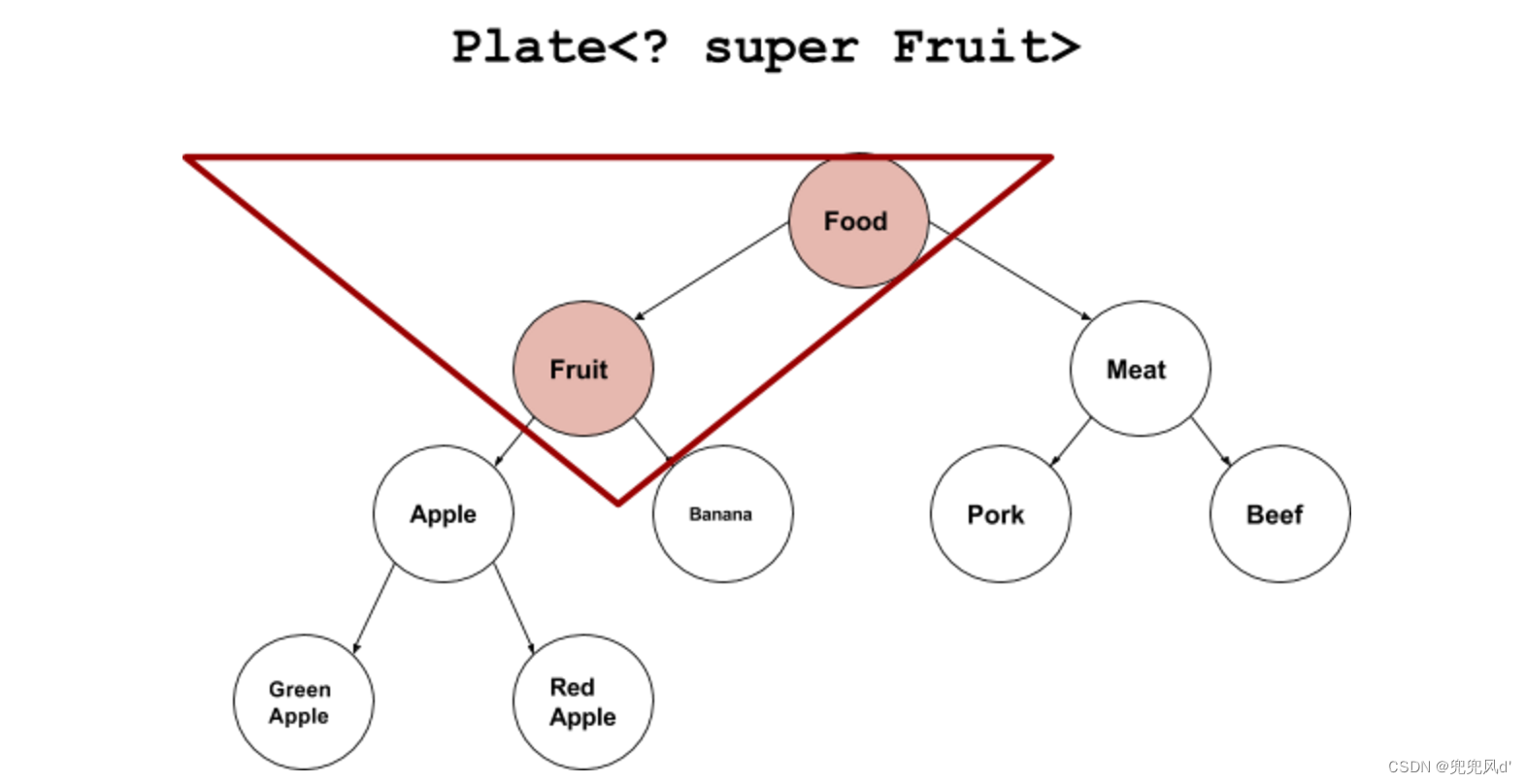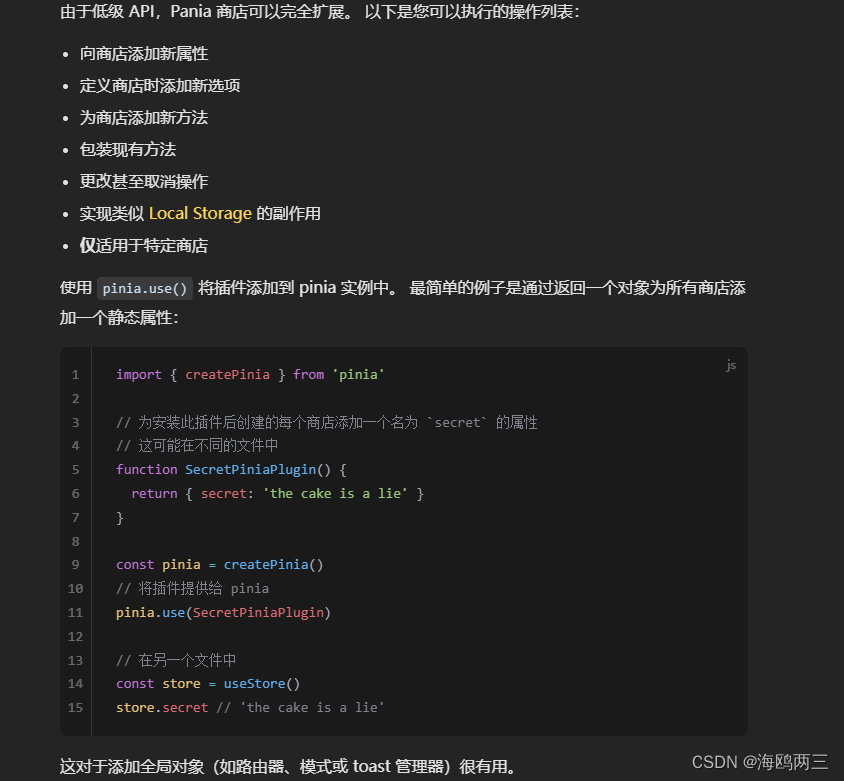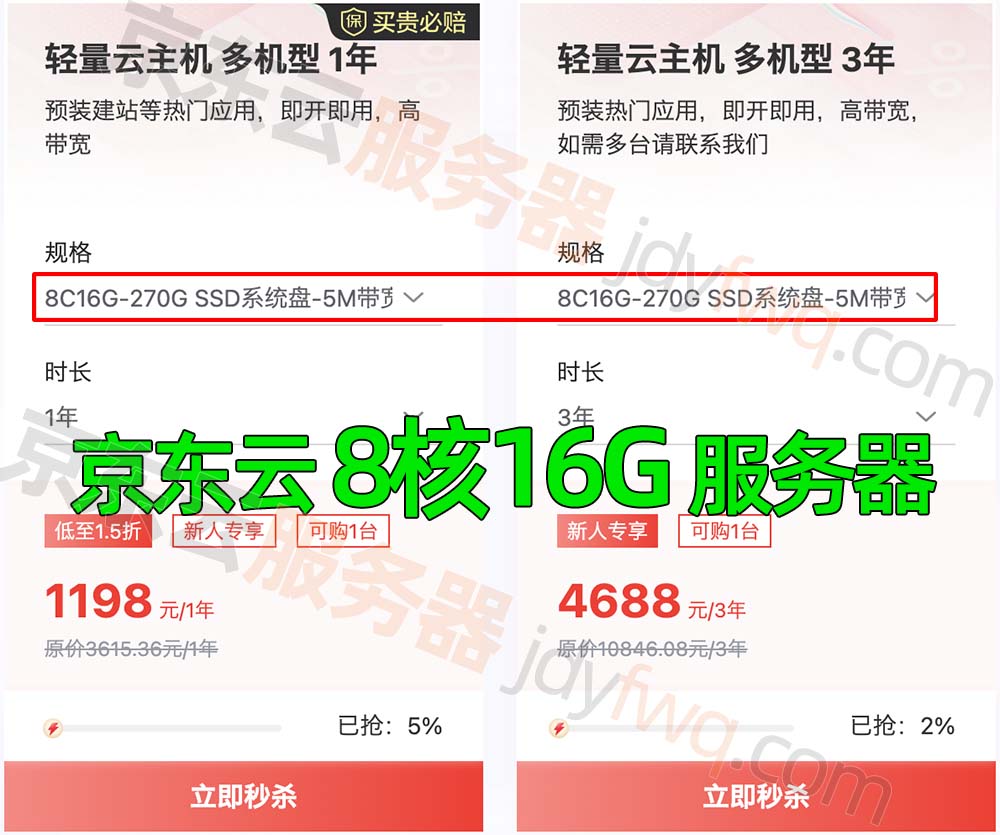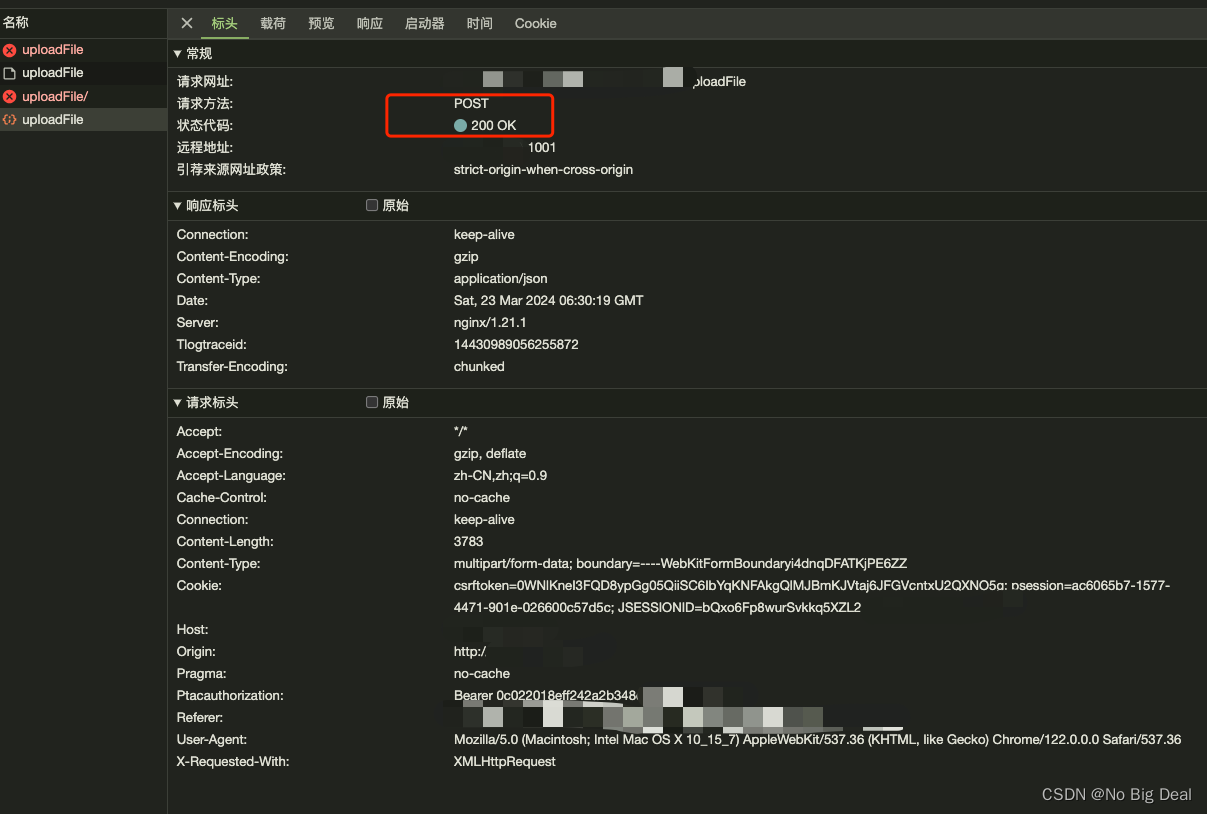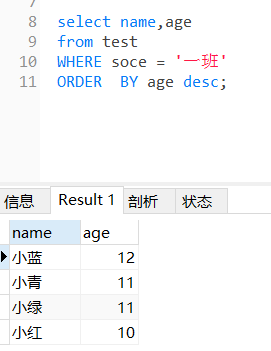java-pytorch 使用手动下载FashionMNIST数据集进行测试
- 先定义训练数据和测试数据的位置
- 查看一下读取到的标签数据格式
- 使用loc和iloc访问下数据,便于下面操作
- 使用read_image函数查看下图片的数据大小
- 开始写数据集
- 使用DataLoader去加载我们自己的数据
- 看下加载后的dataloader数据形状
- 循环查看下dataloader每个数据的信息
- 写一个简单的模型,由Linear组成
- 定义损失函数和优化器
- 编写测试和训练方法
- 开始训练
- 保存模型
- 加载模型
- 使用加载的模型进行预测
- 图片处理
- 预测
- 其他
- 图片灰度处理转tensor
- 测试某一张图片
- 手动下载FashionMNIST数据集,通过https://blog.csdn.net/m0_60688978/article/details/137085740转换为实际的图片和标注
- 目的是为了模拟实际业务中,我们往往需要自己采集图片数据和打标签的过程
- 因为FashionMNIST数据集图片是28x28,和对应的一个图片和类型的记录文件output.txt
先定义训练数据和测试数据的位置
annotations_file="../data/imageandlableTrain/output.txt"
img_dire="../data/imageandlableTrain"
test_img_dire="../data/imageandlableTest"
test_annotations_file="../data/imageandlableTest/output.txt"
查看一下读取到的标签数据格式
import pandas as pd
lables=pd.read_csv(annotations_file,header=None)
lables.head(10)
| 0 | 1 | |
|---|---|---|
| 0 | Ankleboot1.jpg | 9 |
| 1 | T-shirttop2.jpg | 0 |
| 2 | T-shirttop3.jpg | 0 |
| 3 | Dress4.jpg | 3 |
| 4 | T-shirttop5.jpg | 0 |
| 5 | Pullover6.jpg | 2 |
| 6 | Sneaker7.jpg | 7 |
| 7 | Pullover8.jpg | 2 |
| 8 | Sandal9.jpg | 5 |
| 9 | Sandal10.jpg | 5 |
使用loc和iloc访问下数据,便于下面操作
imageName,lable=lables.loc[3,:]
imageName,lable
('Dress4.jpg', 3)
lables.iloc[2,1]
0
使用read_image函数查看下图片的数据大小
from torchvision.io import read_image
image1=read_image("../data/imageandlableTrain/T-shirttop2.jpg")
type(image1),image1.size(),image1[0].size(),image1
(torch.Tensor,
torch.Size([3, 28, 28]),
torch.Size([28, 28]),
tensor([[[ 0, 0, 1, ..., 1, 8, 0],
[13, 0, 0, ..., 10, 0, 0],
[ 0, 0, 22, ..., 10, 0, 1],
...,
[ 0, 0, 0, ..., 0, 0, 0],
[ 0, 0, 0, ..., 0, 0, 0],
[ 0, 0, 0, ..., 0, 0, 0]],
[[ 0, 0, 1, ..., 1, 8, 0],
[13, 0, 0, ..., 10, 0, 0],
[ 0, 0, 22, ..., 10, 0, 1],
...,
[ 0, 0, 0, ..., 0, 0, 0],
[ 0, 0, 0, ..., 0, 0, 0],
[ 0, 0, 0, ..., 0, 0, 0]],
[[ 0, 0, 1, ..., 1, 8, 0],
[13, 0, 0, ..., 10, 0, 0],
[ 0, 0, 22, ..., 10, 0, 1],
...,
[ 0, 0, 0, ..., 0, 0, 0],
[ 0, 0, 0, ..., 0, 0, 0],
[ 0, 0, 0, ..., 0, 0, 0]]], dtype=torch.uint8))
开始写数据集
思路很简单,初始化的时候,将output.txt的数据读出来,然后在__getitem__返回单一图片的tensor数据和标签
这里需要注意的是:read_image的结果数据size是torch.Size([3, 28, 28]),而模型需要的[28,28],因此要返回image[0]
from torchvision.io import read_image
from torch.utils.data import Dataset
class CustomImageDataset(Dataset):
def __init__(self):
# 获得所有的lables
self.labels=pd.read_csv(annotations_file,header=None)
self.imageDir=img_dire
def __len__(self):
return len(self.labels)
def __getitem__(self, idx):
imageName,lable=self.labels.loc[idx,:]
image=read_image("{}/{}".format(img_dire,imageName))
image=image[0]
return image,lable
class CustomImageDatasetTest(Dataset):
def __init__(self):
# 获得所有的lables
self.labels=pd.read_csv(test_annotations_file,header=None)
self.imageDir=img_dire
def __len__(self):
return len(self.labels)
def __getitem__(self, idx):
imageName,lable=self.labels.loc[idx,:]
image=read_image("{}/{}".format(test_img_dire,imageName))
image=image[0]
return image,lable
使用DataLoader去加载我们自己的数据
from torch.utils.data import DataLoader
train_dataloader = DataLoader(CustomImageDataset(), batch_size=2)
len(train_dataloader)
30000
test_dataloader = DataLoader(CustomImageDatasetTest(), batch_size=2)
len(test_dataloader)
5000
看下加载后的dataloader数据形状
for X, y in train_dataloader:
print(f"Shape of X [N, C, H, W]: {X.shape}")
print(f"Shape of y: {y.shape} {y.dtype}")
break
Shape of X [N, C, H, W]: torch.Size([2, 28, 28])
Shape of y: torch.Size([2]) torch.int64
循环查看下dataloader每个数据的信息
for batch, (X, y) in enumerate(train_dataloader):
print(X,batch,X.size(),y,type(y))
if batch==2:
break
---------------------------------------------------------------------------
NameError Traceback (most recent call last)
Cell In[35], line 1
----> 1 for batch, (X, y) in enumerate(train_dataloader):
2 print(X,batch,X.size(),y,type(y))
3 if batch==2:
NameError: name 'train_dataloader' is not defined
写一个简单的模型,由Linear组成
import os
import torch
from torch import nn
from torch.utils.data import DataLoader
from torchvision import datasets, transforms
class NeuralNetwork(nn.Module):
def __init__(self):
super().__init__()
self.flatten = nn.Flatten()
self.linear_relu_stack = nn.Sequential(
nn.Linear(28*28, 512),
nn.ReLU(),
nn.Linear(512, 512),
nn.ReLU(),
nn.Linear(512, 10),
)
def forward(self, x):
x = self.flatten(x)
logits = self.linear_relu_stack(x)
return logits
model = NeuralNetwork().to("cpu")
print(model)
NeuralNetwork(
(flatten): Flatten(start_dim=1, end_dim=-1)
(linear_relu_stack): Sequential(
(0): Linear(in_features=784, out_features=512, bias=True)
(1): ReLU()
(2): Linear(in_features=512, out_features=512, bias=True)
(3): ReLU()
(4): Linear(in_features=512, out_features=10, bias=True)
)
)
定义损失函数和优化器
这里重点关注学利率,太低会爆
loss_fn = nn.CrossEntropyLoss()
optimizer = torch.optim.SGD(model.parameters(), lr=1e-3)
编写测试和训练方法
测试方法思路也很简单,就是在测试数据中逐一把数据传入到模型中,累计损失和正确率
这里要注意的是正确率的统计,就是预测正确的?累加(pred.argmax(1) == y).type(torch.float).sum().item()
训练思路:固定套路,直接copy
# 测试方法
def test(dataloader, model, loss_fn):
size = len(dataloader.dataset)
num_batches = len(dataloader)
model.eval()
test_loss, correct = 0, 0
with torch.no_grad():
for X, y in dataloader:
# X, y = X.to(device), y.to(device)
pred = model(X.float().unsqueeze(1))
test_loss += loss_fn(pred, y).item()
correct += (pred.argmax(1) == y).type(torch.float).sum().item()
test_loss /= num_batches
correct /= size
print(f"Test Error: \n Accuracy: {(100*correct):>0.1f}%, Avg loss: {test_loss:>8f} \n")
def train():
for batch,(onedatas,lable) in enumerate(train_dataloader):
model.train()
pred=model(onedatas.float().unsqueeze(1))
loss=loss_fn(pred,lable)
lossitem=loss.item()
# Backpropagation
loss.backward()
optimizer.step()
optimizer.zero_grad()
if batch % 100:
print(f"loss {lossitem},batch is {batch}")
开始训练
思路就是套路照搬即可
# 训练
for t in range(10):
print(f"Epoch {t+1}\n-------------------------------")
train()
test(test_dataloader, model, loss_fn)
print("Done!")
保存模型
# save model
torch.save(model.state_dict(),"model.pth")
print("Saved Model State to model.pth")
Saved Model State to model.pth
print(model)
NeuralNetwork(
(flatten): Flatten(start_dim=1, end_dim=-1)
(linear_relu_stack): Sequential(
(0): Linear(in_features=784, out_features=512, bias=True)
(1): ReLU()
(2): Linear(in_features=512, out_features=512, bias=True)
(3): ReLU()
(4): Linear(in_features=512, out_features=10, bias=True)
)
)
加载模型
model = NeuralNetwork().to("cpu")
model.load_state_dict(torch.load("model.pth"))
<All keys matched successfully>
使用加载的模型进行预测
图片处理
- 要求灰度 2. 要求28*28 3. 数据是tensor
from PIL import Image
# 打开原始图片
image = Image.open('lianxie.jpg')
# 调整图片大小
new_size = (28,28) # 新的宽高像素值
resized_image = image.resize(new_size)
# 转换成灰度图像
grayscaled_image = resized_image.convert("L")
grayscaled_image

transform_d = transforms.Compose([
transforms.ToTensor()
])
image_t = transform_d(grayscaled_image)
plt.imshow(image_t[0])
<matplotlib.image.AxesImage at 0x1fabef58520>

预测
可以看到output的最大值下表是5,即是预测结果,预实际相符
output=model(image_t)
output
tensor([[ 0.1207, -0.4304, 0.2356, 0.2038, 0.2823, -0.2736, 0.4910, -0.0614,
-0.1314, -0.4034]], grad_fn=<AddmmBackward0>)
其他
图片灰度处理转tensor
import torch
import torchvision.transforms as transforms
from PIL import Image
# 定义转换管道
grayscale_transform = transforms.Grayscale(num_output_channels=1) # 灰度转换
tensor_transform = transforms.ToTensor() # Tensor转换
resized_transform=transforms.Resize((28,28))
# 读取图片
image = Image.open("lianxie.jpg")
# 应用转换
gray_image = grayscale_transform(image)
resized_gray_tensor = resized_transform(gray_image)
gray_tensor = tensor_transform(resized_gray_tensor)
gray_tensor,gray_tensor.size()
output=model(gray_tensor)
output
tensor([[ 0.1208, -0.4305, 0.2355, 0.2039, 0.2823, -0.2737, 0.4913, -0.0619,
-0.1308, -0.4036]], grad_fn=<AddmmBackward0>)
测试某一张图片
# 排查
# Sandal13.jpg,5
# Sandal14.jpg,5
image=read_image("{}/Sandal13.jpg".format(img_dire))
imageData=image[0].unsqueeze(0)
print("unsqueeze: ",imageData)
print("unsqueeze after size : ",imageData.size())
print("original size: ",image.size())
output=model(imageData.float())
print("output content is ",output)
# argmax取值最大的下标
print(output.argmax(1))
# 结论
# 减少学习率即可
unsqueeze: tensor([[[ 0, 0, 0, 0, 0, 0, 0, 0, 1, 1, 0, 0, 3, 8,
5, 0, 0, 0, 0, 0, 5, 0, 0, 3, 0, 4, 0, 0],
[ 0, 0, 0, 0, 0, 0, 0, 0, 2, 1, 0, 0, 0, 0,
0, 0, 3, 5, 1, 1, 6, 1, 0, 0, 4, 0, 0, 4],
[ 0, 0, 0, 0, 0, 0, 0, 0, 3, 0, 0, 6, 12, 6,
1, 3, 0, 1, 0, 0, 0, 1, 1, 0, 0, 0, 0, 4],
[ 0, 0, 0, 0, 0, 0, 0, 0, 7, 1, 0, 1, 1, 0,
0, 0, 0, 0, 2, 0, 0, 0, 5, 3, 0, 2, 8, 0],
[ 0, 0, 0, 0, 0, 0, 0, 0, 0, 5, 7, 0, 0, 0,
5, 11, 2, 0, 6, 9, 0, 0, 3, 0, 7, 6, 5, 0],
[ 0, 0, 0, 0, 0, 0, 0, 0, 0, 0, 0, 3, 5, 5,
0, 0, 7, 0, 0, 9, 2, 0, 4, 0, 0, 0, 0, 0],
[ 0, 0, 0, 0, 0, 0, 0, 0, 9, 0, 0, 1, 0, 0,
3, 29, 62, 3, 0, 3, 0, 0, 6, 0, 0, 20, 9, 0],
[ 0, 0, 0, 0, 0, 0, 0, 0, 0, 0, 2, 9, 0, 0,
96, 209, 143, 51, 1, 3, 0, 0, 6, 0, 2, 76, 57, 0],
[ 6, 0, 5, 7, 4, 0, 0, 7, 4, 0, 0, 11, 19, 167,
218, 176, 197, 184, 0, 5, 0, 11, 121, 134, 152, 117, 75, 0],
[ 0, 0, 0, 0, 6, 0, 4, 0, 0, 0, 0, 7, 56, 219,
168, 160, 204, 246, 95, 31, 105, 175, 199, 115, 18, 0, 5, 0],
[ 0, 7, 2, 8, 18, 0, 2, 8, 0, 5, 2, 0, 1, 182,
245, 152, 158, 185, 235, 200, 175, 78, 8, 17, 23, 2, 13, 0],
[ 0, 15, 0, 0, 0, 16, 5, 0, 4, 0, 21, 14, 11, 48,
230, 251, 240, 185, 221, 71, 0, 10, 0, 0, 0, 0, 12, 0],
[ 3, 0, 0, 31, 0, 0, 25, 120, 194, 0, 0, 0, 0, 19,
171, 225, 230, 205, 222, 150, 8, 0, 1, 37, 42, 43, 61, 38],
[ 4, 7, 0, 0, 2, 140, 194, 186, 201, 165, 13, 0, 11, 0,
0, 89, 135, 208, 180, 241, 178, 124, 132, 135, 161, 141, 143, 113],
[ 0, 3, 0, 0, 2, 107, 235, 196, 167, 219, 18, 8, 11, 0,
6, 49, 203, 221, 137, 170, 112, 65, 59, 75, 52, 55, 80, 59],
[ 9, 13, 3, 2, 0, 11, 184, 127, 5, 197, 111, 0, 14, 97,
109, 127, 148, 100, 89, 93, 64, 126, 106, 115, 87, 105, 115, 53],
[ 40, 109, 121, 120, 106, 91, 198, 207, 121, 187, 255, 127, 126, 96,
110, 71, 60, 93, 73, 74, 74, 73, 93, 60, 85, 82, 99, 40],
[ 41, 72, 36, 56, 64, 78, 99, 69, 92, 92, 109, 51, 76, 75,
84, 79, 104, 102, 74, 94, 94, 76, 105, 107, 60, 63, 87, 22],
[ 21, 95, 88, 115, 84, 105, 82, 83, 61, 64, 79, 88, 94, 89,
72, 88, 98, 92, 75, 103, 102, 72, 87, 92, 103, 99, 105, 14],
[ 17, 84, 79, 90, 66, 104, 73, 97, 75, 95, 96, 91, 75, 78,
74, 94, 59, 75, 70, 80, 81, 74, 81, 66, 47, 54, 70, 0],
[ 0, 78, 122, 127, 108, 109, 70, 90, 93, 102, 94, 85, 103, 115,
128, 129, 132, 146, 136, 126, 133, 154, 173, 164, 180, 153, 110, 9],
[ 0, 4, 6, 21, 70, 108, 103, 108, 105, 103, 95, 86, 98, 61,
54, 37, 13, 7, 0, 0, 0, 8, 23, 31, 17, 21, 15, 0],
[ 0, 6, 2, 2, 0, 0, 0, 5, 0, 8, 0, 0, 5, 0,
0, 0, 10, 0, 1, 3, 2, 0, 0, 4, 0, 9, 0, 0],
[ 0, 1, 0, 16, 0, 0, 3, 1, 0, 15, 0, 0, 2, 3,
10, 0, 0, 0, 3, 0, 0, 3, 0, 0, 0, 10, 0, 9],
[ 0, 0, 0, 0, 0, 0, 0, 0, 0, 0, 0, 0, 0, 0,
0, 0, 0, 0, 0, 0, 0, 0, 0, 0, 0, 0, 0, 0],
[ 0, 0, 0, 0, 0, 0, 0, 0, 0, 0, 0, 0, 0, 0,
0, 0, 0, 0, 0, 0, 0, 0, 0, 0, 0, 0, 0, 0],
[ 0, 0, 0, 0, 0, 0, 0, 0, 0, 0, 0, 0, 0, 0,
0, 0, 0, 0, 0, 0, 0, 0, 0, 0, 0, 0, 0, 0],
[ 0, 0, 0, 0, 0, 0, 0, 0, 0, 0, 0, 0, 0, 0,
0, 0, 0, 0, 0, 0, 0, 0, 0, 0, 0, 0, 0, 0]]],
dtype=torch.uint8)
unsqueeze after size : torch.Size([1, 28, 28])
original size: torch.Size([3, 28, 28])
output content is tensor([[-6.7115, 1.3163, -7.2377, -1.6586, 2.7382, 3.2748, -6.3696, -0.6497,
-7.3979, -1.4042]], grad_fn=<AddmmBackward0>)
tensor([5])


